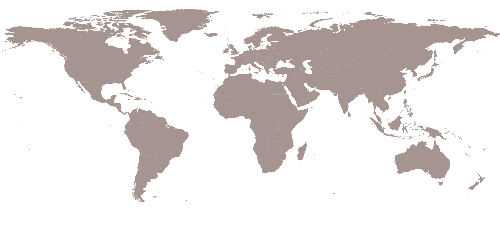A Sustainable Housing Model for Colombia’s High Andes

In the mountainous regions of Colombia, where elevations exceed 3,000 meters, rural communities face challenges such as harsh climates, limited infrastructure, and economic pressures that often lead to urban migration. To address these issues, the Vernacular Greenhouse project presents an innovative housing model that integrates traditional design with sustainable practices. This approach aims to provide farmers with energy-efficient, self-sustaining homes that support both living and agricultural activities, thereby enhancing livelihoods and encouraging residents to remain in their communities.














